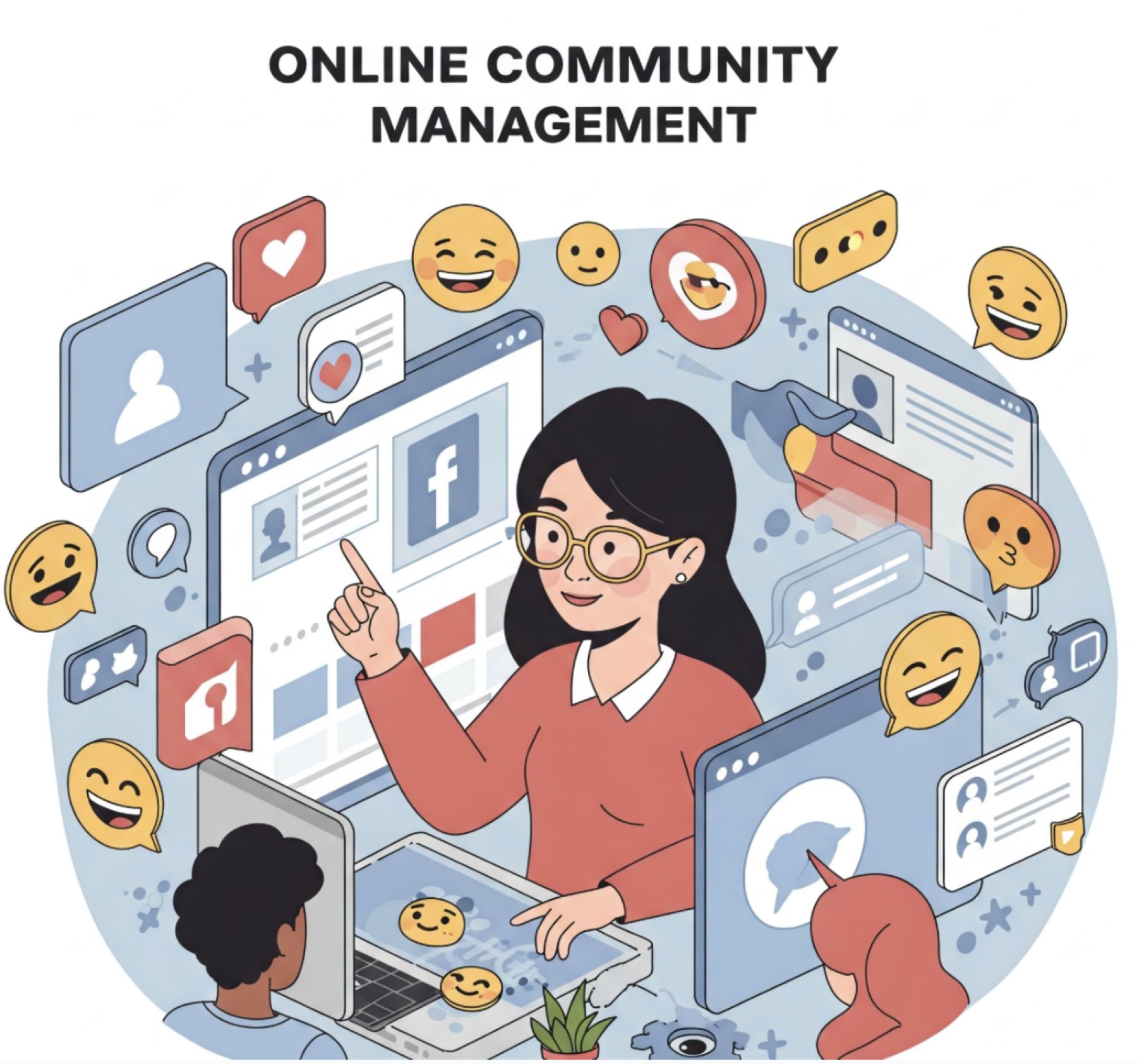Are public complaints (which sometimes end up becoming viral social media posts) effective – do they actually work? Or is it better to take the private route (direct messages) when trying to get a brand’s attention and resolve customer service issues?
During a recent online breakout room session at Flow, I (content producer Tumelo “Tumza” Buthelezi) and paid media specialist Koketso “KK” Mulatedzi discussed customer relationship management.
Here’s a lightly edited account of our discussion …
Tumelo
Just imagine going through this, KK: your cellphone contract ended a month ago, but the company still went ahead and charged you for a service you don’t want! You’d be raging, right? And then you’re torn – do you slide into the company’s DMs quietly or do you set off a social media firestorm by calling it out publicly? It’s a classic dilemma we all face when trying to get a brand to notice our problem.
Koketso
I totally get you, Tumza. Honestly, though, the first step should always be to reach out directly to the company. I mean, you didn’t sign your contract on social media, did you? Sometimes our frustration makes us want to share our outrage with everyone, and that’s cool – it’s human nature.
Tumelo
Right? And that kind of reminds me of a study called The Social Habit that found 79% of people who complain about brands on Twitter/X do so hoping their friends will see it, while 52% want the company in question to see their post. Only 36% actually expect the brand to fix the issue. Basically, according to these stats, peeps aren’t always looking for a fix – they just want to warn others about a bad experience.
Koketso
Exactly. When people go public on social media, they’re often after a bit of validation or trying to protect others from the same hassle. And let’s be honest, sometimes the way a brand responds – or doesn’t – to a DM can make the situation even worse. Slow responses, especially when you’re already super-frustrated, just push people to take to platforms like Facebook or X. In fact, Sprout Social found that 70% of consumers expect a response to a complaint within 24 hours.
When brands miss that mark and fail to respond to a DM in time, frustrated customers often take their complaints public – turning what could have been a private resolution into a potentially full-blown social media storm. At that point, it’s not just about solving the issue any more; it becomes a public flogging, with the brand’s reputation on the line for everyone to see.
Tumelo
And that’s why brands need to set up systems so customers don’t feel like they have to go public in the first place. A proactive, responsive social media presence can really make a difference. Instead of blaming the customer for “dragging you on social media”, companies should take responsibility and create an environment where issues get sorted quickly.
Koketso
True, using a private channel can really help. It allows for the sharing of any sensitive info without airing all your dirty laundry online. And if using direct messages or a phone call doesn’t work, you might even consider involving a third party, like an ombudsman, to help resolve the issue.

Using the correct channels to your advantage
Here at Flow, we’ve seen how using the correct channels for customer engagement can make all the difference to clients and their brands. For instance, when we assisted an airline with community management and growing its social media following, we made sure passengers knew the most effective ways to raise their concerns.
We worked closely with the client to provide on-time responses, developed FAQs that offered clear guidance to community managers working shifts, and had a solid support system that ensured the more pressing queries could be escalated on time to the relevant department within the airline’s structures. This reassured customers that their queries – shared both via DMs and on the page feed – would be heard and addressed quickly.
Timely responses go a long way in keeping sentiment about a brand consistently positive.
When contacting them via direct message, clearly explain your issue and provide all the relevant details, such as order numbers, dates and any previous correspondence.
Keep your tone respectful and avoid aggressive language – a courteous approach has a better chance of eliciting a positive and helpful response.
However, if private messaging is met with silence, delays or unhelpful replies, the frustration might push you to go public with the loudest of megaphones – posting on the brand’s timeline. But you should still approach the situation strategically by remaining factual, clear and constructive, as this can lead to better outcomes than an outright social media takedown.
